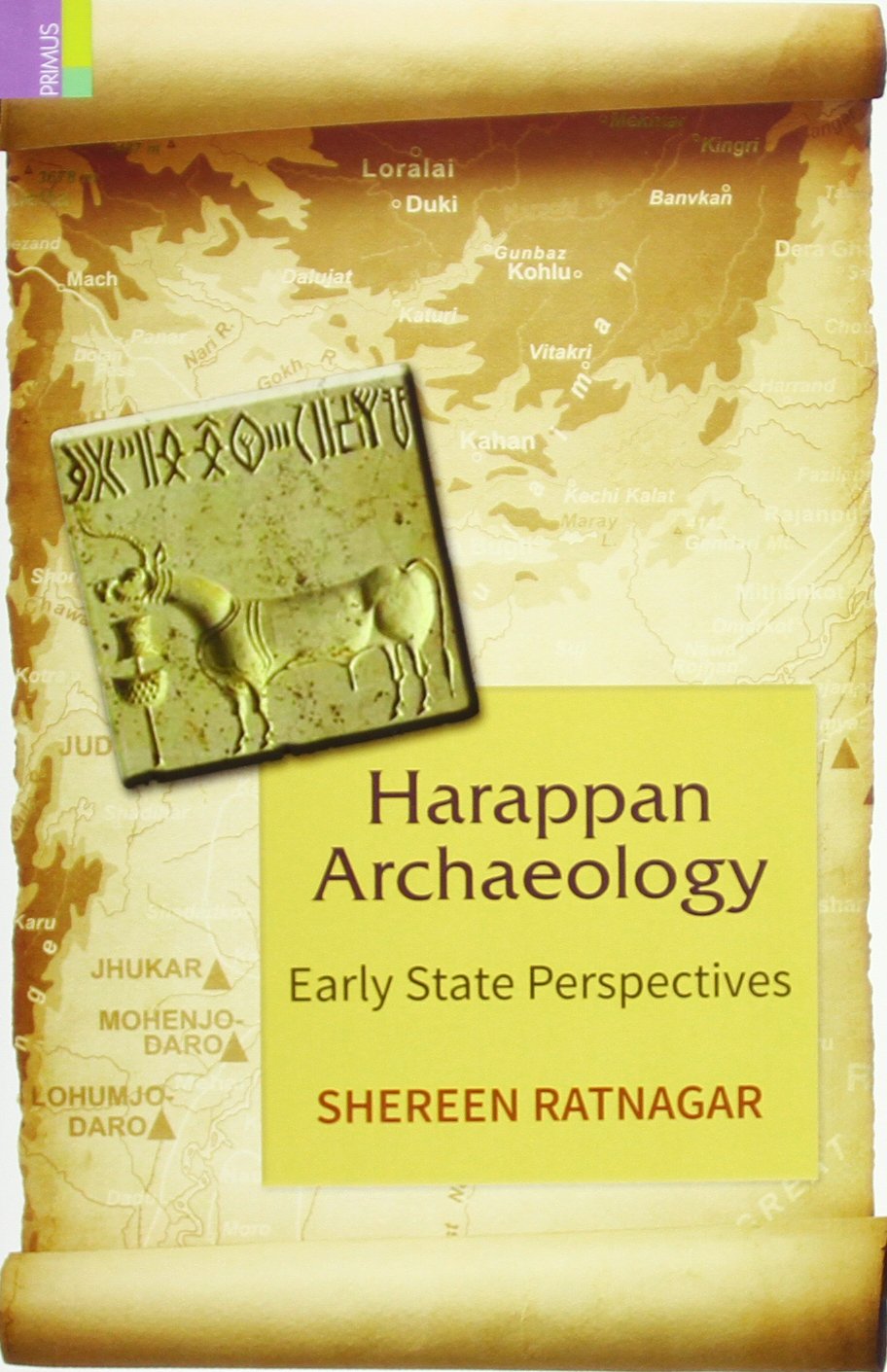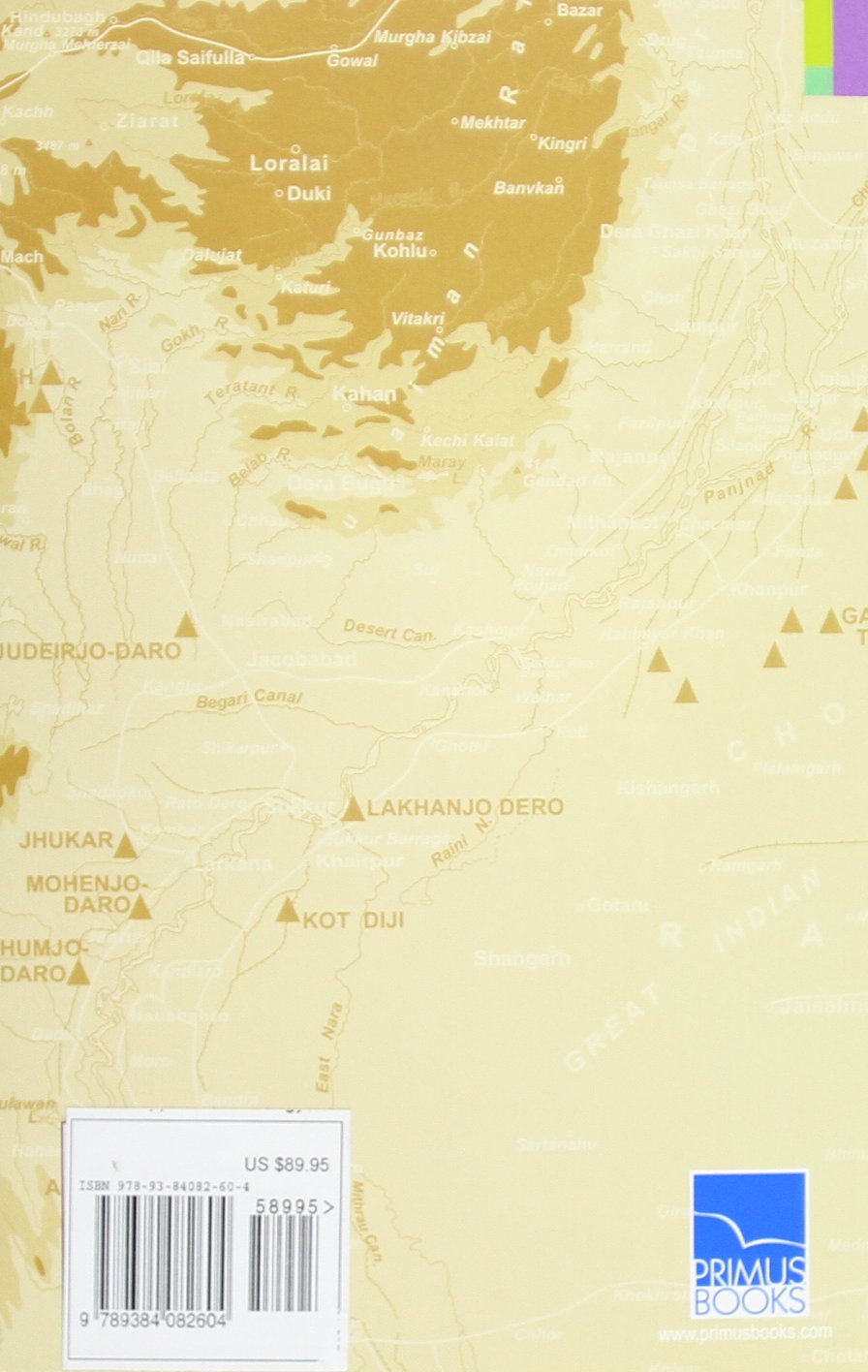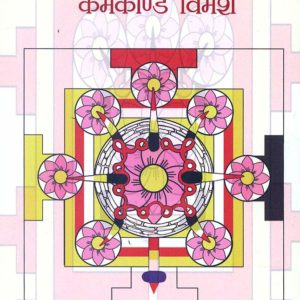Description
This book approaches the archaeology of the Harappan culture of Pakistan and India from the view point of the early state. It attempts to tease out information on the mobilization of labour, the organization of production, the direction of overseas trade by a newly formed elite, and the management of scarce water resources by the rulers. It discusses the environment and productivity of the culture, the sequence of excavations, early ideas of the civilization as quintessentially Indian, evidence for warfare and the hand of the state behind certainkinds of settlement morphology and artefactual equipment. It asks whether the residents of Mohenjo-darolived in kin-group clusters, and attempts to explain, through cross-cultural analogy, why the citadel sites arelocated where they are. A new idea on sailing routes is tentatively suggested, and it is argued that it was eliteintervention and management that secured both floodwater supplies at Dholavira and some degree of urbansanitation at Mohenjo-daro. Multiple views of the reasons for the end of the civilization are discussed in thefinal section of the book.






